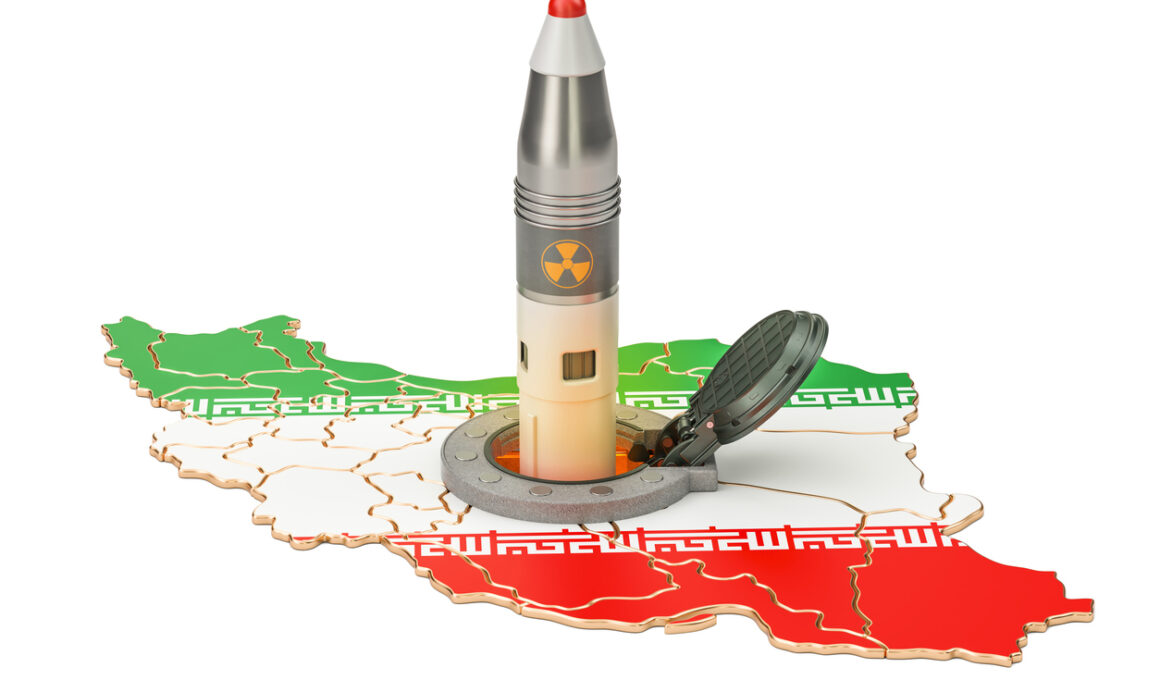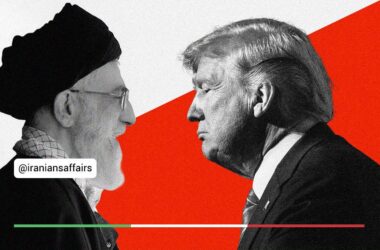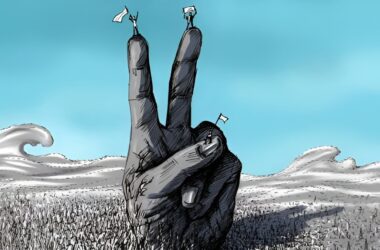Less than a year remains before the “snapback mechanism” in the nuclear agreement expires. Iran’s confrontation with the Western order and renewed attention on the Middle East since October 7 have created a new geopolitical landscape. While the latest report from the Director General of the IAEA highlighted no extraordinary developments, the resolution passed by the three European nations signals a global resolve to address the Islamic Republic’s threats in the region.
The Islamic Republic’s provocative and dangerous use of missile capabilities over the past months has transformed this global determination into a robust regional campaign.
Since November 2018, when the Trump administration formally withdrew from the Obama-era JCPOA, Iran has significantly altered the nuclear landscape. Under President Rouhani’s administration, the country increased its stockpile of 4% enriched uranium eightfold. Since President Raisi took office, this amount has doubled, reaching approximately 5,000 kilograms. Over the past two years, Iran has produced about 800 kilograms of uranium enriched to 20% and around 200 kilograms enriched to 60%. Additionally, the number of centrifuges has doubled over the last six years, now exceeding 12,000.
At one point, even 10% of these figures was considered a “red line” for nuclear weaponization. Yet, the Islamic Republic has repeatedly crossed these thresholds with little international response. Experts agree that uranium enriched to 60% has no civilian use and serves solely military purposes. However, Iran has continued this enrichment for years. Furthermore, it has failed to address earlier inquiries and suspicions regarding two undisclosed sites, reduced its cooperation with the IAEA, advanced missile programs capable of carrying nuclear warheads, and reduced its nuclear breakout time to less than a week. The country now possesses sufficient material to produce multiple warheads.
Despite these developments, discussions still revolve around Iran’s potential nuclear breakout. Some argue that U.S. and Israeli intelligence capabilities make it unlikely for Iran to convert its enriched uranium into warheads, suggesting that further enrichment to 90% — requiring several dozen to hundreds of kilograms — may be achievable but not weaponization.
Israel’s recent military operations have demonstrated a focused strategy targeting critical and unique components of Iran’s missile or nuclear program. By striking key links in the weapons production chain, whether missile-related or nuclear, Israel aims to establish relative control and assurance.
For many Iranians, however, who have endured over two decades of discourse on nuclear breakout, red lines, and missile programs from Western powers, a more pressing question arises: Does a nuclear breakout or any so-called red line truly exist in the nuclear program, or is it a manufactured narrative? These debates have only deepened their anxieties and exacerbated their living conditions.
Iranian officials have long claimed that the nuclear issue is merely a pretext and that the West would eventually shift its focus to missile programs and human rights. Today, it seems those predictions may have materialized. Iran initially justified its nuclear activities as a means to generate electricity, yet electricity shortages have become one of the regime’s most significant crises (or, as officials describe it, “imbalances”).
In recent months, the Islamic Republic has increasingly emphasized its missile (and nuclear) deterrence capabilities. Yet, as history suggests, what is intended as a deterrent to war may once again become its catalyst.







